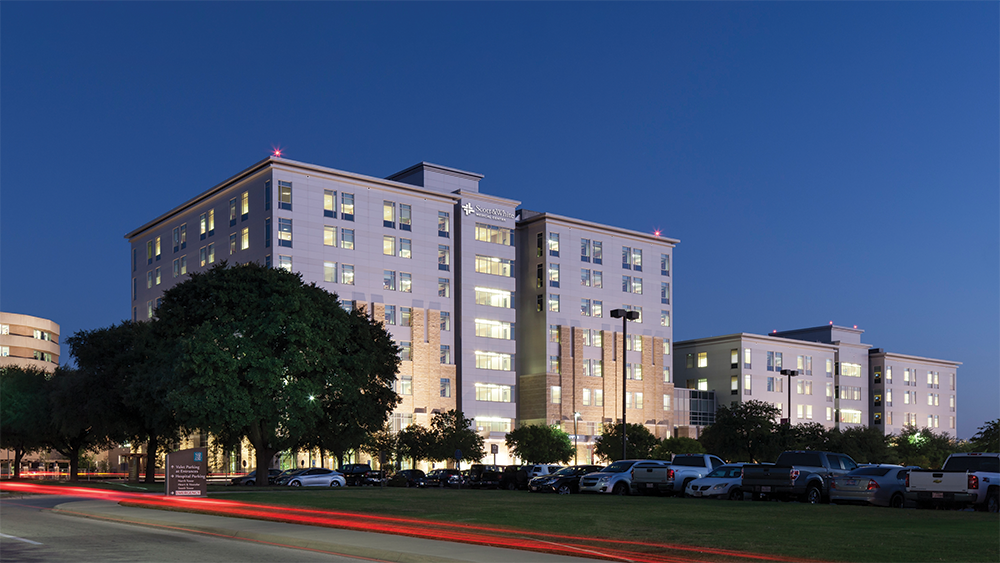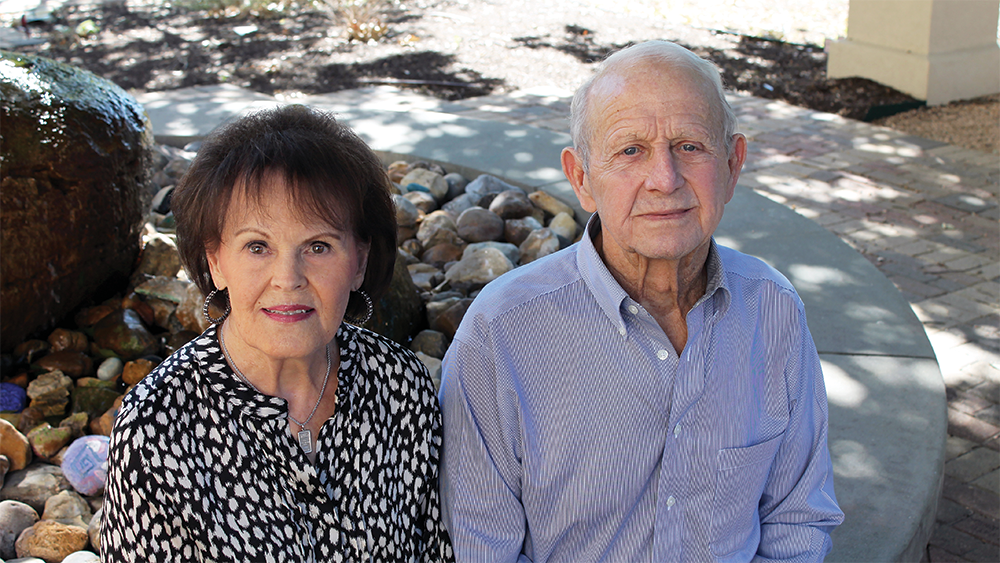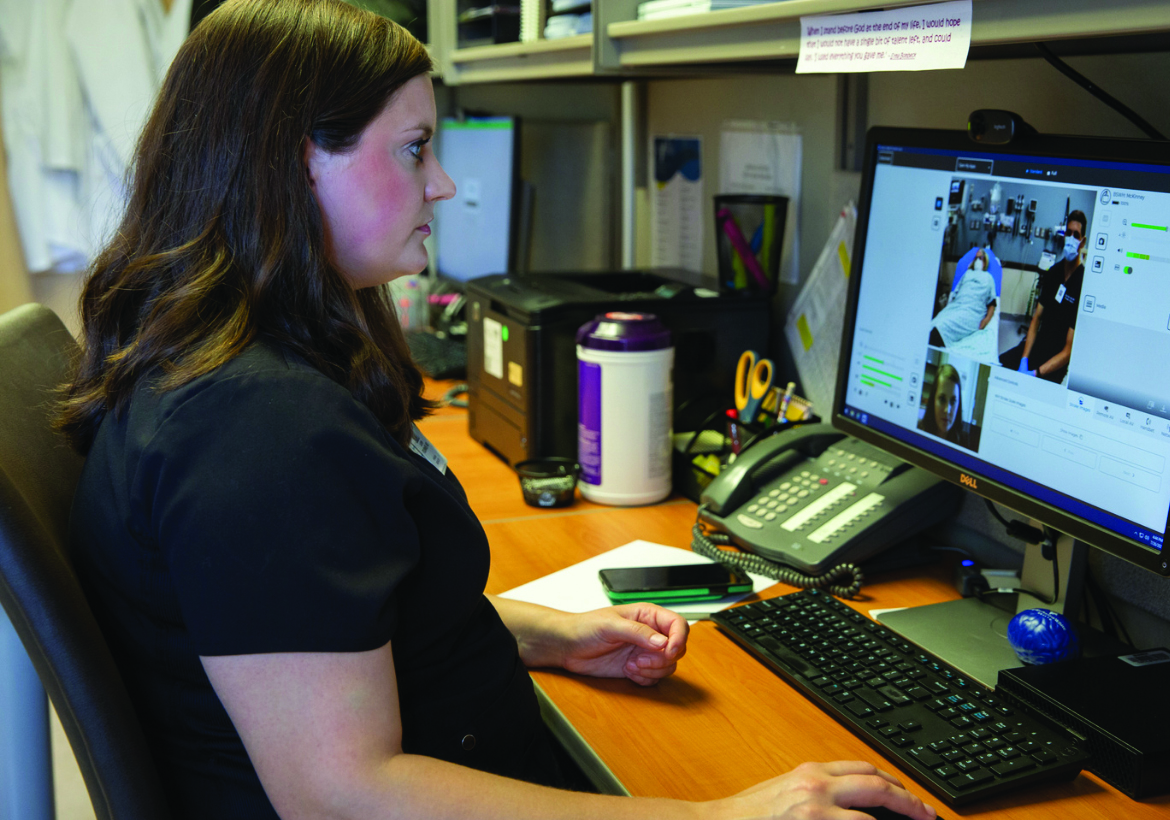According to the American Heart Association, 1.9 million neurons die per minute during a stroke. “Just minutes can mean the difference between going back to normal or having a disability that changes your life,” says Jennifer Rasmussen-Winkler, MD, director for Baylor Scott & White’s Telestroke program. “If you’re a graphic designer or a hairstylist, having clumsy hands as a result of a stroke could mean the end of your career and could jeopardize your livelihood—not to mention the possibility of losing your life—so every second counts.”
The Telestroke program is a digital infrastructure and specialized team that works to minimize the time it takes from when a patient suffers a stroke to the time they receive lifesaving—and brain-saving—treatment.
Emergency room physicians can initially diagnose a stroke and immediately connect digitally with a neurologist on the Telestroke team, no matter their location in the Baylor Scott & White system. The neurologist can review test results and consult with the ER physician, the patient’s family, and a neurosurgeon to determine whether a clot-busting medication is appropriate, or if the patient needs a thrombectomy to remove the blood clot. All of this unfolds in a matter of minutes.
“The window in which blood clot-busting medicine can be safely administered closes fast,” says Lauren Fournier, MD, a neurologist on the medical staff at Baylor Scott & White Medical Center – Temple. “I can look at the scans right away and get things in motion. As soon as the patient comes back from their scan, I can be waiting to consult with them on camera. Then the treatment plan is in motion, and the operating room is preparing for the patient. We don’t waste any time. That’s our goal—to move quickly and save brain cells.”
The Telestroke team in action
In spring 2021, Camille Allen was rushed to the ER at Baylor Scott & White Medical Center – McKinney after her teenage son called 911, fearing his mother had suffered her second stroke in six years. Physicians spoke with the teenager to find out when Camille had last been her normal self, and quickly ordered a CT scan.
Two minutes after the scan results came back, a neurologist on the Telestroke team in Temple reviewed them and consulted via robot with Camille, the ER physician in McKinney, and a neurosurgeon at Baylor Scott & White Medical Center – Plano.
Just an hour after she was admitted, Camille received clot-busting medications and was on her way to BSW – Plano for surgery to remove the clot. Five days later, she went home with little to no ill effects of her stroke.
“I’ve seen this program grow in a short time,” Dr. Fournier says. “It’s like a dream come true for a stroke neurologist, to bring this sort of care to Texans who need it.”







